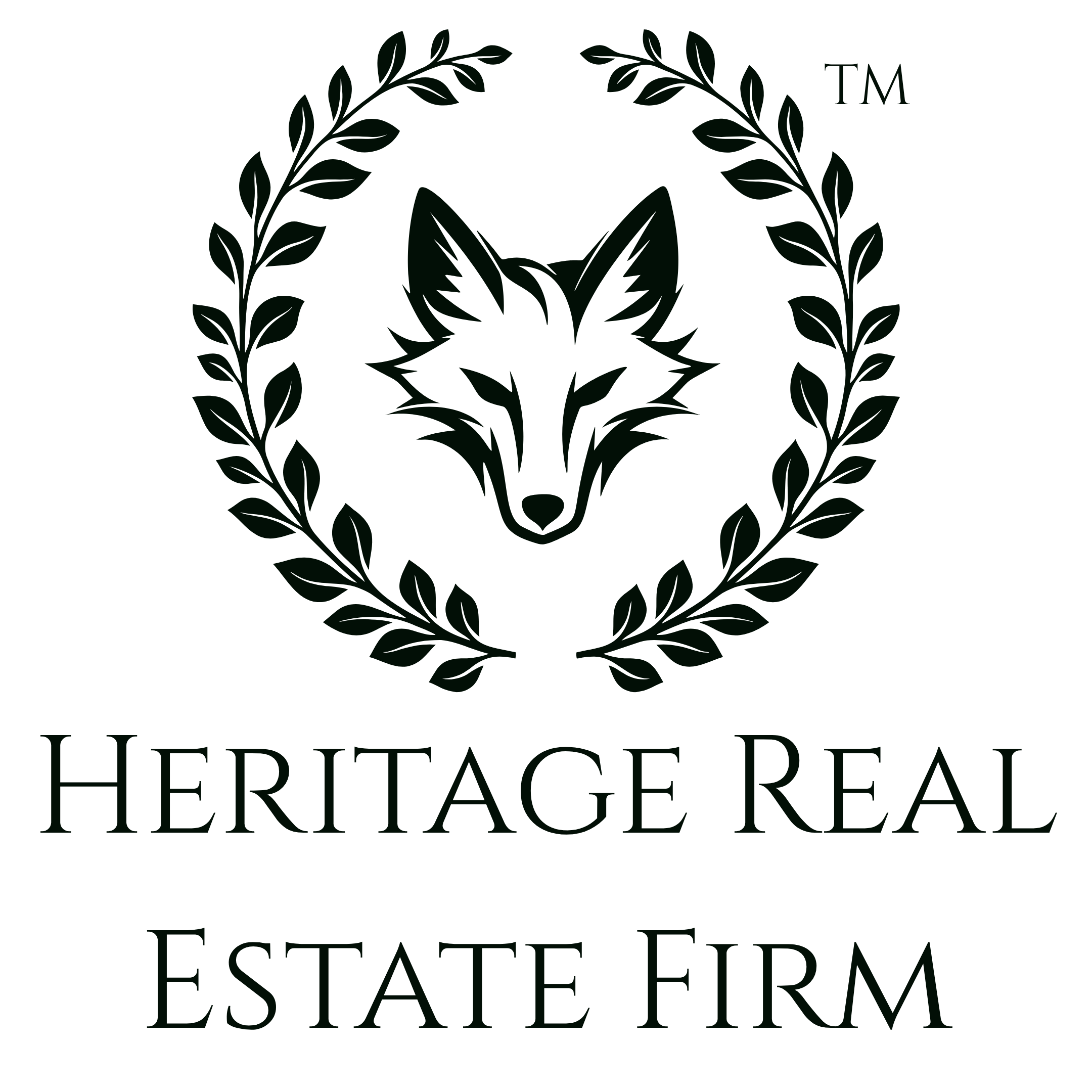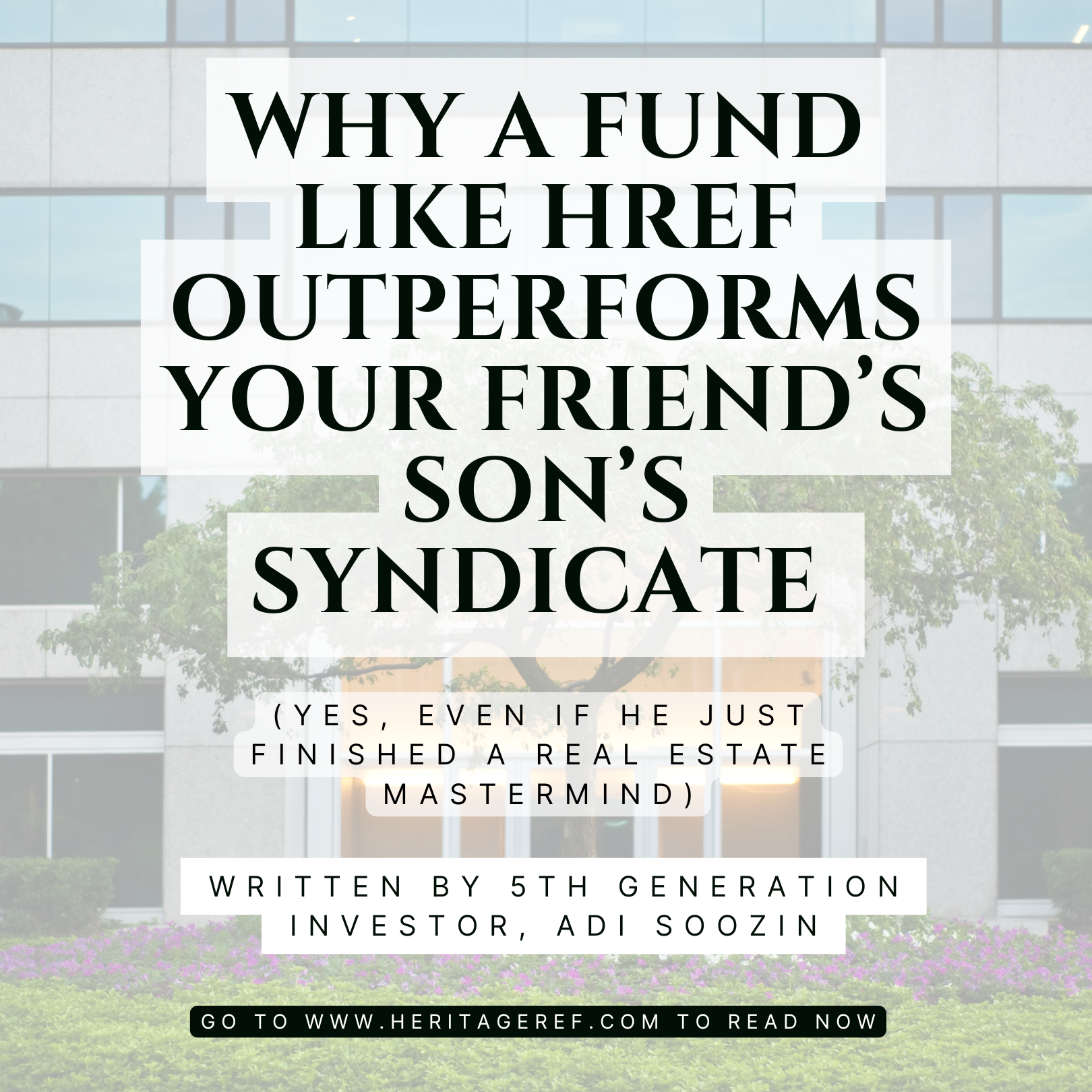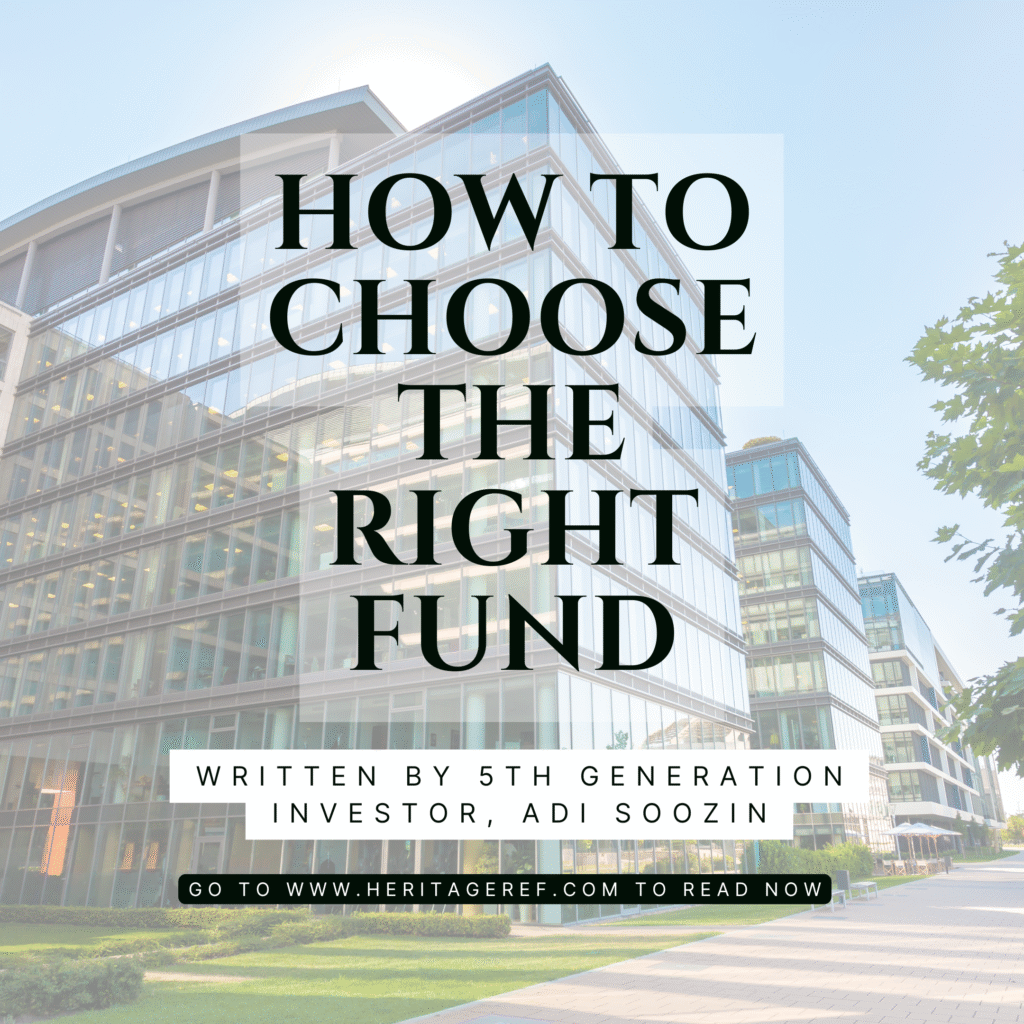
How to Choose the Right Fund
When you invest in highly complicated asset classes, there’s less competition, but there is also more room for fatal error.
Maximizing returns comes down to execution. Execution is where value is created. Deal sourcing and market insights are not enough. What is their leasing strategy? What is their track record?
How do they mitigate risk? What do they know that the competition does not?
These are the questions that separate top-performing funds from the rest. In an environment where capital is abundant but reliable execution is rare, choosing the right fund isn’t just important—it’s everything. Here’s how you do it:
1. Study the Team’s Track Record
This is your first line of defense. Look for:
- Assets they’ve successfully exited (not just acquired)
- Experience and strategic partnerships in the target markets (not just trendy market research)
- Skin in the game (how much of their own time and capital is invested?)
A fund manager with a stellar resume but no history of returning capital to investors is just that—a resume.
2. Dig Into the Strategy—Not Just the Marketing
Every fund will say they focus on “value-add” or “cash-flowing” deals. That’s not enough. Ask:
- What is their specific advantage in the markets they target?
- How do they underwrite risk differently than their peers?
- What is their exit strategy for different economic scenarios?
- Do they specialize in one asset class or chase trends?
If the strategy sounds like a template, they probably do not have the knowledge and experience to successfully see your investment through to a successful exit.
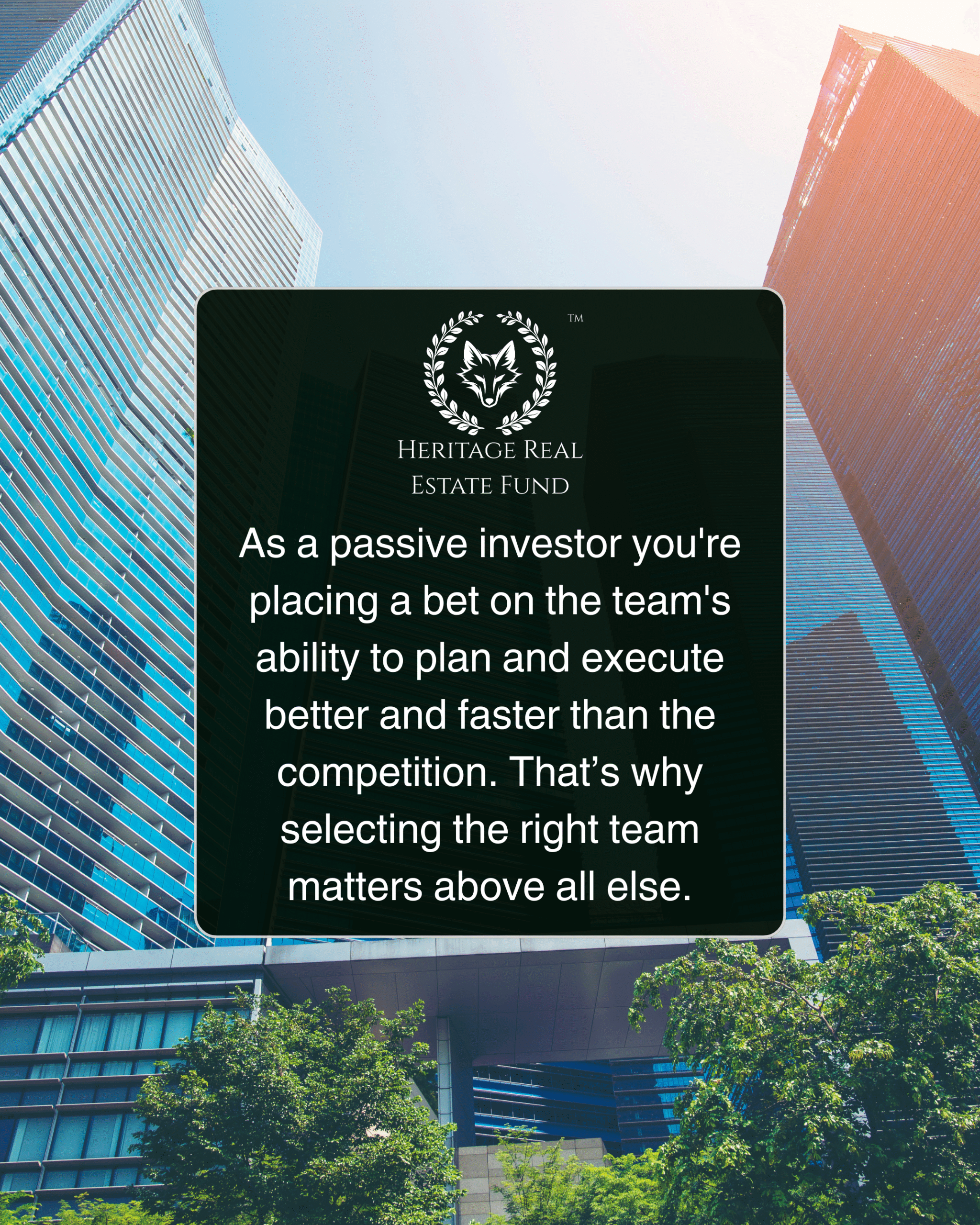
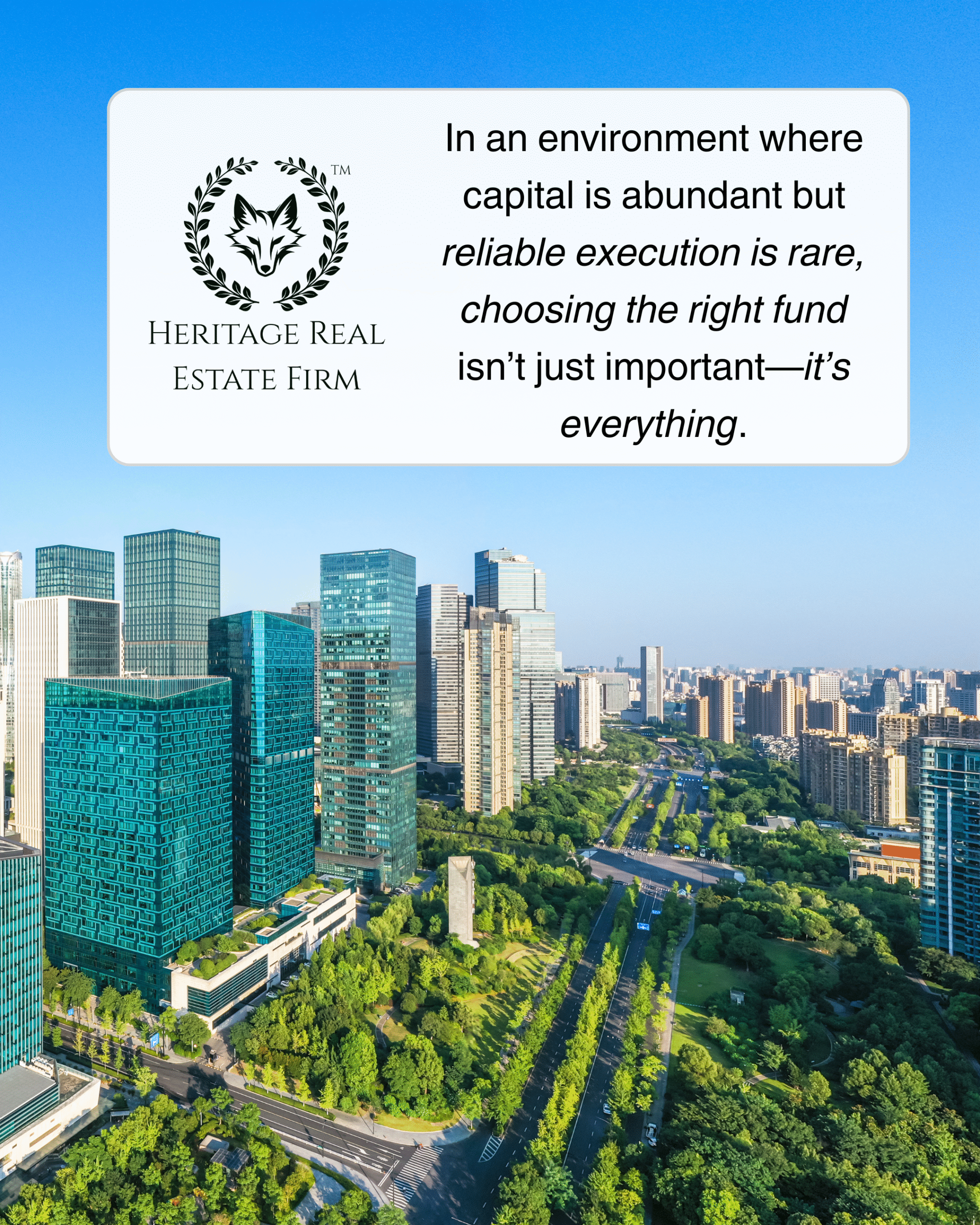
3. Look at How They Create Value
The best operators don’t rely on the market to generate returns—they manufacture them through execution:
- Are they experts in leasing strategy, repositioning, or capex deployment?
- Do they have deep broker networks and off-market access?
- How do they control costs and optimize tenant retention?
Execution is what separates a 6% IRR from a 14% IRR. You want a team that can force appreciation through real operational excellence.
4. Review the Fund Structure and Alignment
Structure reveals incentives. A few key areas to review:
- Preferred return: Do you get paid before they do?
- Waterfall splits: How is profit shared after targets are hit?
- Fees: Are they able to cover their costs with the management fees or will this be a side project for them?
- Co-investment: Are the GPs investing alongside you?
The right structure aligns everyone’s incentives toward one goal: outperformance.
5. Ask How They Protect Downside Risk
Real investing isn’t just about upside—it’s about not losing money. Evaluate:
- Do they stress test for interest rate hikes, vacancies, cap rate expansion?
- What is their loan-to-value ratio on deals?
- How long is their interest rate lock or cap?
- Do they plan for capital calls or reserve enough for contingencies?
If a fund only talks about IRR and upside potential, but not downside protection, move on.
6. Understand Their Communication and Transparency
Can you get straight answers? Do they overpromise or speak in clear, grounded terms? Ask:
- What is their reporting cadence (monthly, quarterly)?
- Do they send raw financials or just summaries?
- Are they trusted thought leaders? Do they speak on public platforms about investing in real estate?
Transparent funds have nothing to hide—and plenty to show.

Final Thought
Investing in a fund is not just about placing capital; it’s about choosing a partner who can navigate complexity, adapt to market shifts, and protect your downside while unlocking upside through skill.
In highly complicated asset classes, you don’t need to chase deals—you need to back teams who know how to win.
Legal Disclaimer: This content is for informational purposes only and does not constitute investment advice, an offer, or a solicitation to invest. Past performance is not indicative of future results. Please consult your financial, legal, or tax advisor to determine whether any investment opportunity is appropriate for your personal circumstances. Heritage Real Estate Fund (HREF) offerings are available to accredited investors and are conducted under SEC Regulation D, Rule 506(c).
